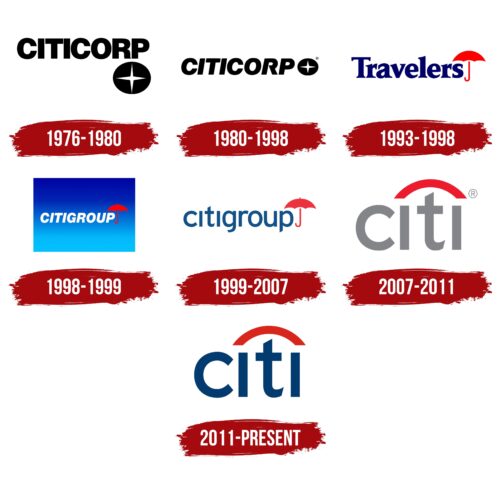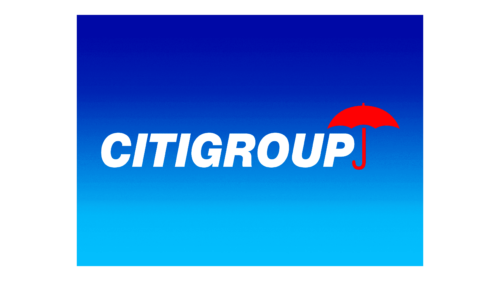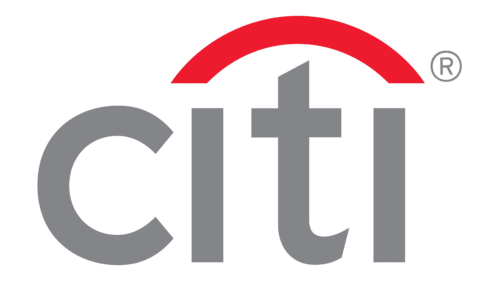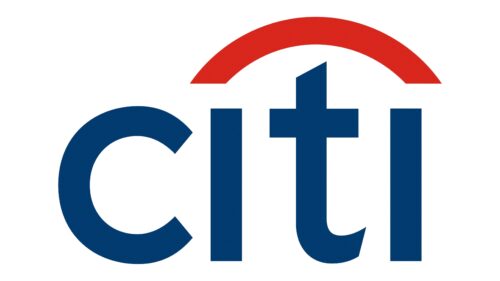Citi: Brand overview
| Founded: | 1976 |
| Founder: | Sanford Weill, Samuel Osgood |
| Headquarters: | New York, United States |
| Website: | citigroup.com |
Meaning and History
1976 – 1980
1980 – 1998
1993 – 1998
1998 – 1999
1999 – 2007
2007 – 2011
2011 – today
Citi color codes
| Dark Midnight Blue | Hex color: | #003b70 |
|---|---|---|
| RGB: | 0 159 112 | |
| CMYK: | 100 47 0 56 | |
| Pantone: | PMS 654 C |
| Maximum Red | Hex color: | #da261c |
|---|---|---|
| RGB: | 218 38 28 | |
| CMYK: | 0 83 87 15 | |
| Pantone: | PMS Bright Red C |











